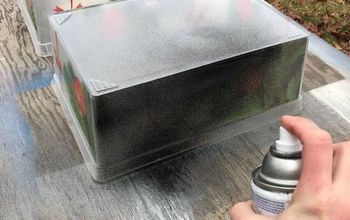How can you tell if a wall is load bearing?

Related Discussions
Vinyl plank flooring vs pergo (laminate)
I currently have stinky dirty carpeting in my living room and I want to replace it with a durable flooring that can stand up to dogs and kids.
How to remove popcorn ceiling that has been painted?
Does having a paint over a popcorn ceiling change how I'd remove the popcorn ceiling?
How to apply peel and stick wallpaper?
I want to spruce up my walls with peel-and-stick wallpaper. Has anyone used this before and can advise me as to how to apply it properly?
How to stain wood floor?
I've heard staining is a good technique for updating floors. So how do I stain my wood floor?
Can I make an island with an opening in a load bearing wall?
I have a relatively small kitchen........I think it is about 12x14. There is no natural light and I hate that. I want to add an island and place something like this f... See more
1952 Cape Cod.
I need some advise on what I can do to improve the looks of my house. I need door, window and landscape suggestions. The house will remain white as I am on a budget. ... See more



This looks like one of the easiest ways to determine if a wall is load bearing. If you have attic access, you should be able take a look up there to make this determination.
Susan E of Pollock Pines, CA has it right.
"...If it were me, I would ask an engineer. Making a mistake would be EXTREMELY expense to fix..."
or ... knock it down and see if the house falls down (not)
Usually a load bearing wall is on the outside of the house, but I agree with a lot of the answers, I would either hire a reliable contractor or an engineer to really determine if you are not comfortable doing it your self. Just don't do anything until you do one of those two things or you may wake some morning with your house down all around you.